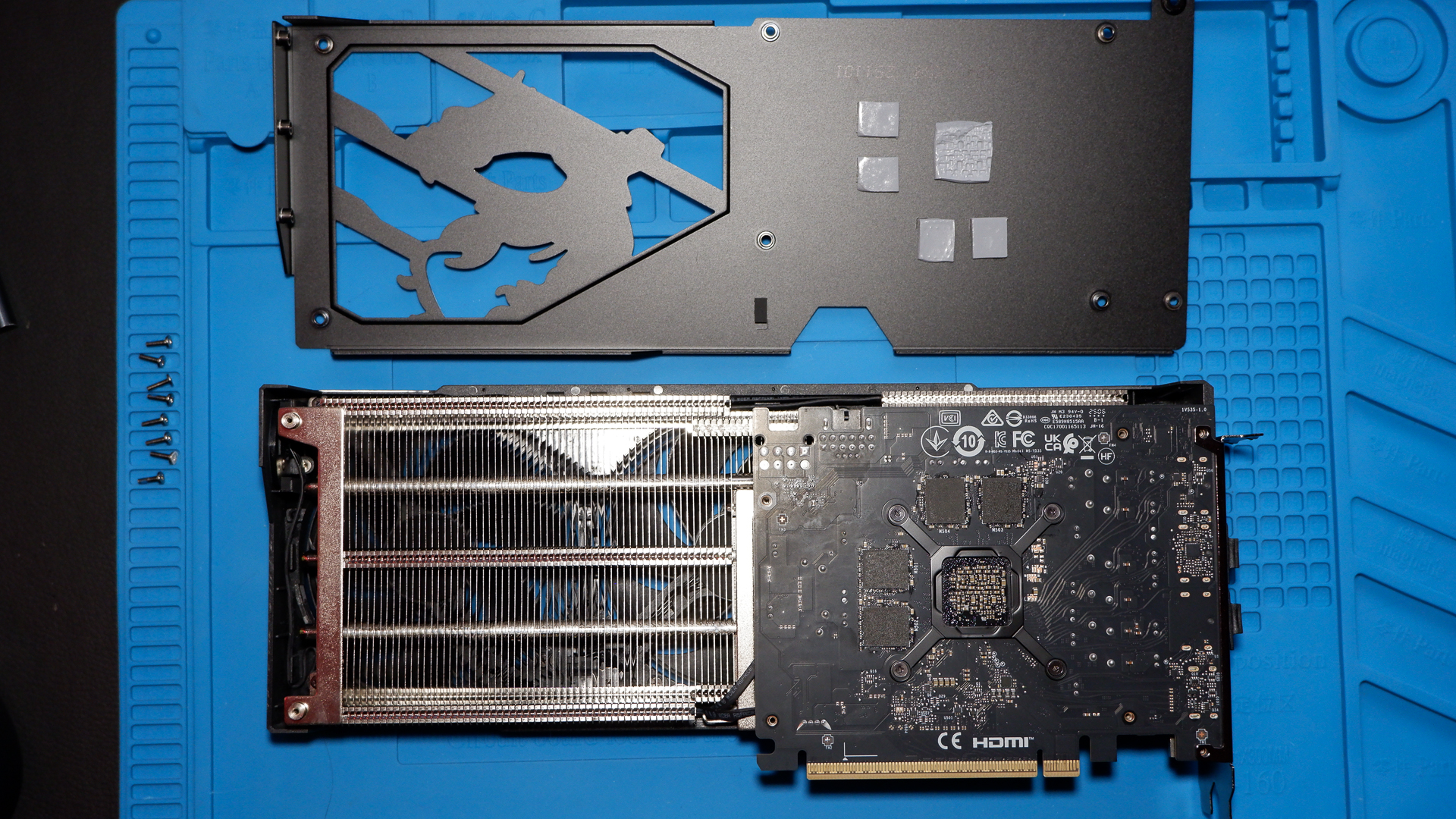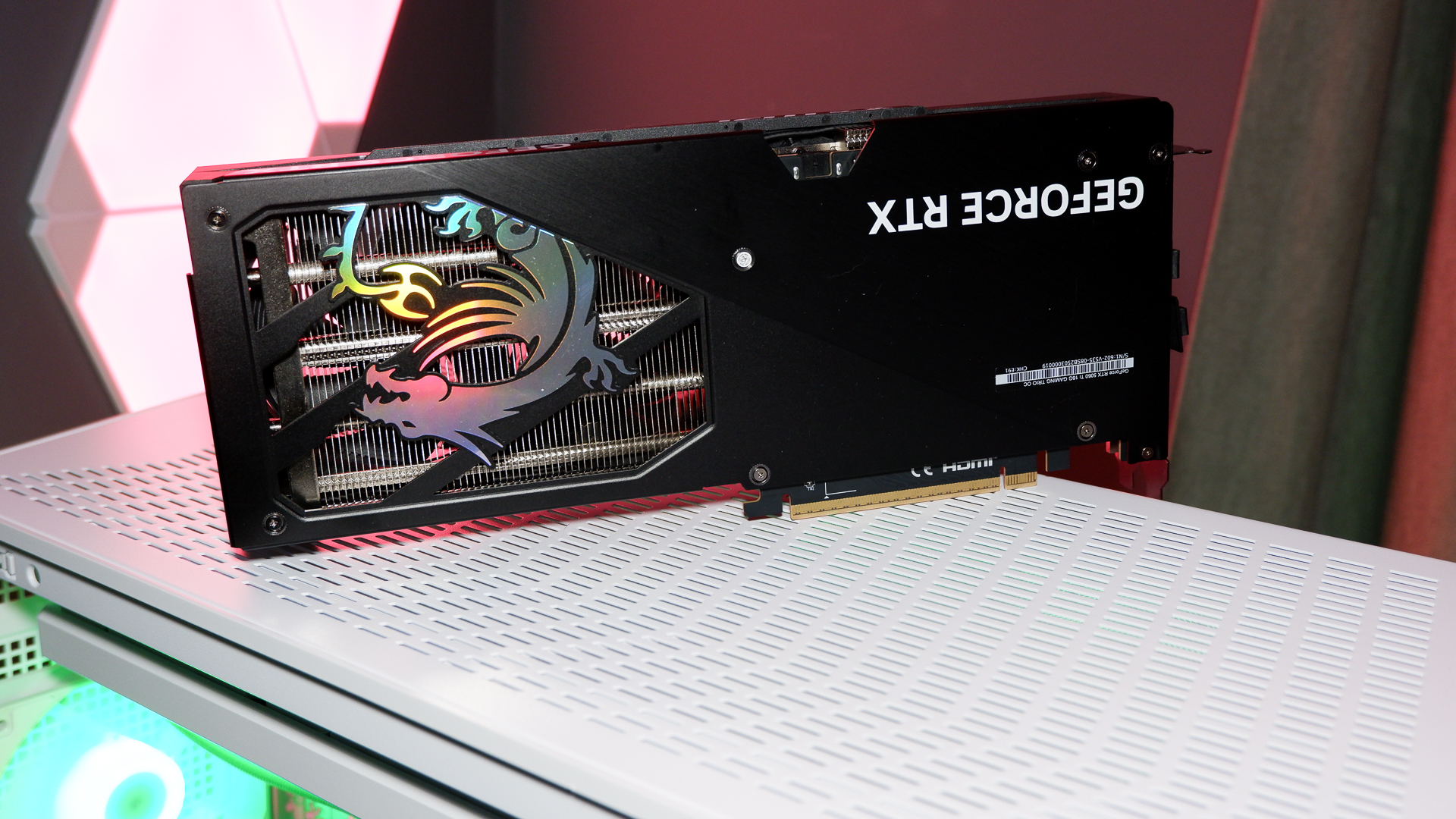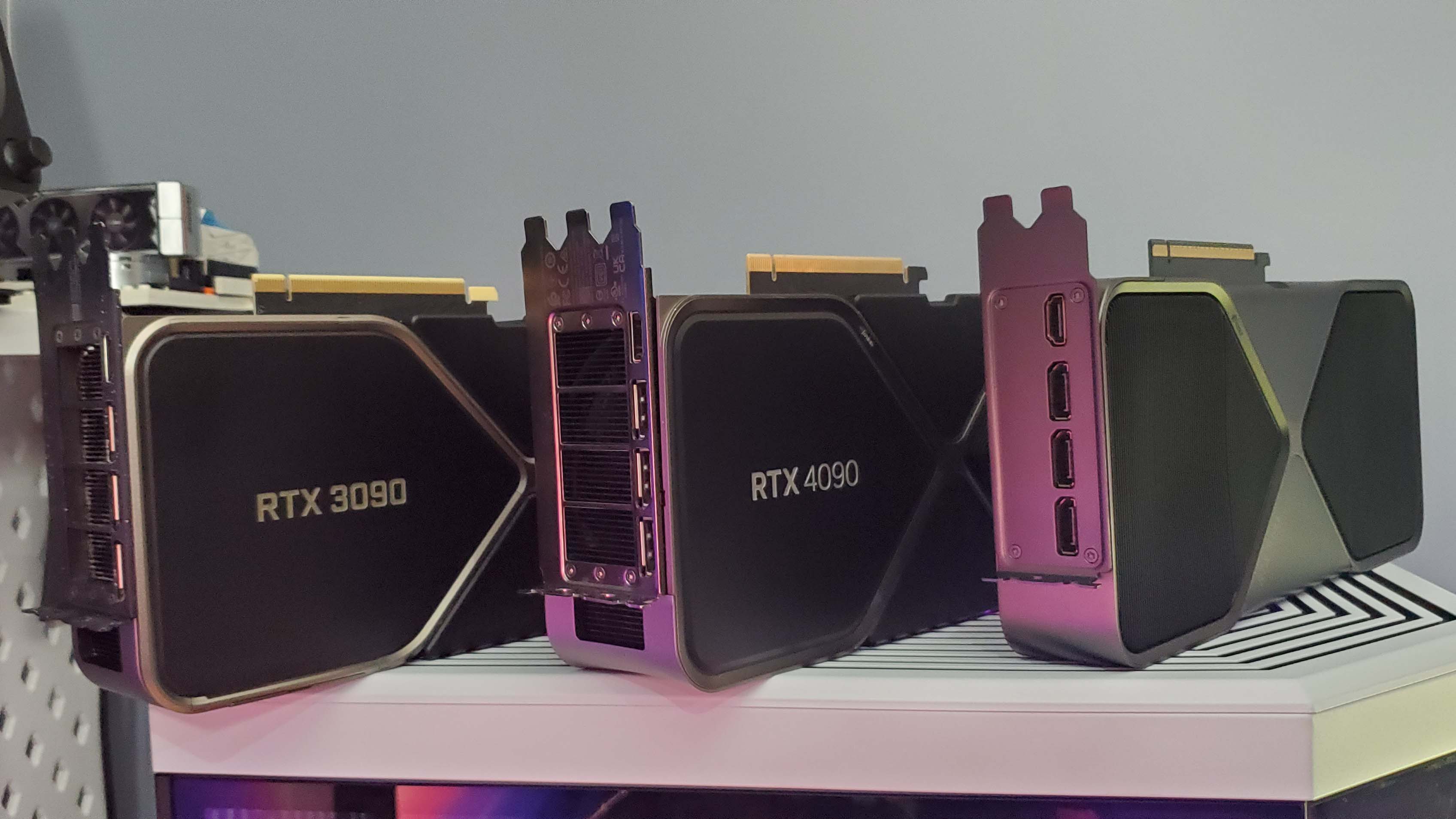
After extensively poking and prodding RTX 50-series AIB graphics cards, veritable tech demigod Igor Wallossek of Igor's Lab has discovered that there are potentially concerning hotspots on many RTX 50-series AIB partner cards.
These hotspots seem to essentially and most directly be caused by power delivery components being placed too close together on the PCBs and connected via too few traces, although it seems that at least some of this density could in part be a result of an oversight in an Nvidia guide for board partners.
That's because, according to Igor, who references an RTX 40-series Thermal Design Guide due to an NDA looming over the one for RTX 50-series ones, the guide is "far too imprecise and incomplete", especially concerning the specific area where the hotspots are occurring.
Although the two cards in focus are the Palit GeForce RTX 5080 Gaming Pro OC and PNY GeForce RTX 5070 OC, Igor claims the hotspot can be seen on many more cards than these. It can apparently be seen in the same spot on "cards from major board partners such as Palit, PNY and MSI as well as variants from other manufacturers."
This can even occur on "cards that at first glance appear to be uncritical in terms of performance, such as an RTX 5060 Ti" because "even cards with a peak power of just 180 watts can be affected if the topology is concentrated on just a few supply phases and the problem persists due to the concentration."

So what's the issue exactly? Essentially—and to simplify something that Igor explains in much more detail—these 50-series PCBs seem to be designed in such a way that the densely packed VRMs concentrate the heat generated by the high current flows into a small area. It's not just about having too few VRMs, either, as it's especially pronounced where the vias (vertical connections through the PCB) pass through the copper power planes. They're closely routed together, resulting in a lack of vertical heat dissipation.
This leads to the hotspots that Igor identified. In the RTX 5080 he tested, the temperature in this spot reached over 80 °C and in the RTX 5070 he tested, it reached over 107 °C. While these temperatures might not cause immediate instability, the problem is that this might not be good for long-term stability. Igor says:
The biggest gaming news, reviews and hardware deals
Keep up to date with the most important stories and the best deals, as picked by the PC Gamer team.
"Current-carrying paths are often routed up to the load limit of the thermal and electrical specification, with no additional leeway for ageing, manufacturing variation or load peaks. This results in structures that function reliably under ideal conditions but react sensitively to minor deviations in cooling, placement or load distribution."
The key phrase here is "under ideal conditions", and therein lies the possible criticism of Nvidia's Thermal Design Guide and one possible root cause of this hotspot problem.
The Thermal Design Guide is what Nvidia gives out to AIB partners, cooler developers, and so on, to set the standard(s) to compare different components' thermal planning against. According to Igor, using the RTX 4090's Thermal Design Guide as an example, there are some problems with Nvidia's guide or the AIB partners' use of it.

The overarching problem is that "many of the parameters are idealized assumptions that are relativized in practical implementation by various influencing factors." In other words, its standards don't seem to be applicable to real-world use, at least not without risking thermal issues. In fact, he presses this point home in regards to the hotspot issue he identified, saying: "It is remarkable that this particular area is not highlighted as a critical area in its own right in the official Thermal Design Guide."
Igor also goes on to demonstrate that it wouldn't take much to solve the issue. All one needs to do is create a "thermal relief" (a thermal pad) on the back of the graphics card where the hotspot is located, to help dissipate the heat.

Best CPU for gaming: The top chips from Intel and AMD.
Best gaming motherboard: The right boards.
Best graphics card: Your perfect pixel-pusher awaits.
Best SSD for gaming: Get into the game ahead of the rest.
This kind of solution is something that cooler manufacturers for these graphics cards could have presumably implemented had they known about the problem. Which is something that, also presumably, the Thermal Design Guide could and perhaps should have alerted them to.
As with most things in the industry, though, root causes are rarely simple to identify. Igor points out from the start that there are multiple kinds of actor involved in the production of a graphics card, and it might in fact be the poor communication and collaboration between different actors that can lead to such issues:
"Layout managers at board partners are often directly dependent on external PCB suppliers and have to adapt their designs to cooler solutions, which in turn are created under separate design and manufacturing premises. The lack of interoperation between these development lines then leads to design compromises which—as in the present case—can have unfavorable thermal effects without one of the parties involved being able to fully oversee this in isolation."
Too many cooks can spoil a broth, perhaps?
Whatever the case, I wouldn't worry too much about hotspots on your RTX 50-series GPUs just yet. These kinds of temperatures shouldn't cause short-term issues; the concern is more that GPU lifespans could be shortened over the course of a few years.
This isn't great, of course, but you shouldn't have to worry about your graphics card melting because of one of these hotspots any time soon. I'd probably be more concerned about those power cables…

Jacob got his hands on a gaming PC for the first time when he was about 12 years old. He swiftly realised the local PC repair store had ripped him off with his build and vowed never to let another soul build his rig again. With this vow, Jacob the hardware junkie was born. Since then, Jacob's led a double-life as part-hardware geek, part-philosophy nerd, first working as a Hardware Writer for PCGamesN in 2020, then working towards a PhD in Philosophy for a few years (result pending a patiently awaited viva exam) while freelancing on the side for sites such as TechRadar, Pocket-lint, and yours truly, PC Gamer. Eventually, he gave up the ruthless mercenary life to join the world's #1 PC Gaming site full-time. It's definitely not an ego thing, he assures us.
You must confirm your public display name before commenting
Please logout and then login again, you will then be prompted to enter your display name.

